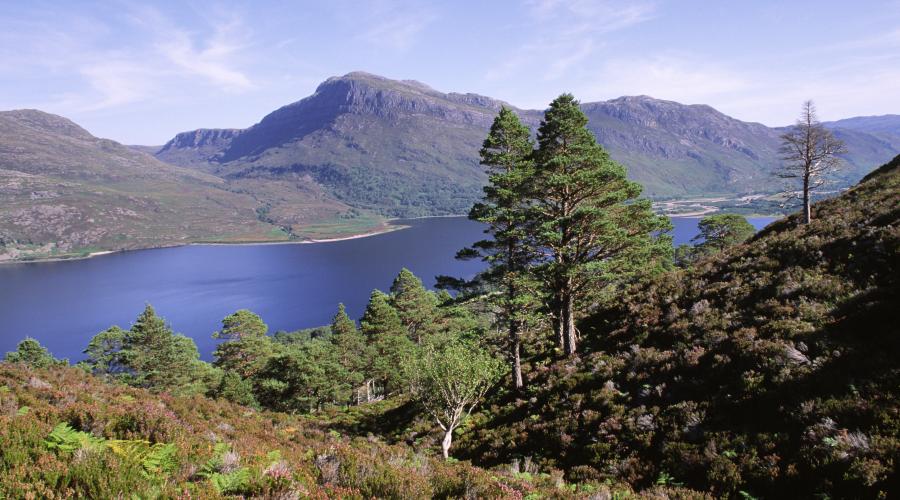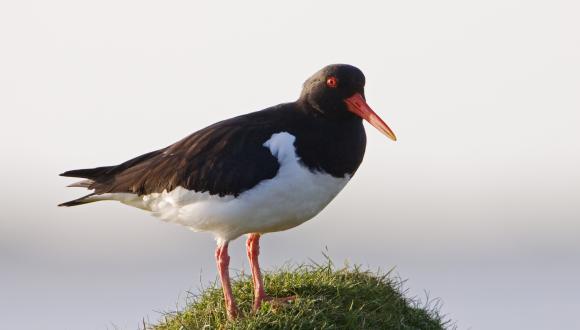
Special Areas of Conservation (SACs)
Special Areas of Conservation are part of the UK's European site network of protected areas and are designated under the Habitats Regulations.
EU Exit does not alter the standard of protection for these sites.
A Special Area of Conservation (SAC) protects one or more special habitats and/or species – terrestrial or marine – listed in the Habitats Directive.
Scotland has 243 designated SACs, including three that straddle the border with England and two which straddle the 12nm inshore/offshore territorial boundary. There are also eight designated SACs entirely in Scotland's offshore waters. Together they cover more than 3.84 million hectares (38,400 square kilometres) of Scotland’s land, inshore and offshore waters.
SACs can range in size from a small burn that’s designated, and vitally important for freshwater pearl mussel to the 143,000-hectare Caithness and Sutherland Peatlands SAC stretching across most of the Flow Country of northern Scotland important for biodiversity and tackling climate change alike. Then there’s the Inner Hebrides and the Minches SAC, designated for harbour porpoise, which covers 13,800 square kilometres. Read more about how these sites are protected and managed.
Habitats and species protected in Scotland
Scotland’s terrestrial and marine SACs protect a variety of habitats and species:
- Habitats and species of the Habitats Directive which occur in Scotland and for which Special Areas of Conservation are selected
- Priority Habitats in Scotland
Selection and designation
Prior to the UK’s departure from the EU, SACs were selected for particular habitats and species listed in Annexes of the Habitats Directive. Find out about the SAC designation process on the Joint Nature Conservation Committee (JNCC) website.
Standard data forms are used to present vital information about each SAC. These forms are available on SiteLink.
Find SACs in Scotland
You can easily search for a SAC in Scotland by using SiteLink:
- by using the interactive map
- by entering the site name or local authority
Here you can find information including the standard data forms, qualifying interest list, conservation objectives and site map for individual SACs.
You can also search all UK SACs by using the JNCC website.






